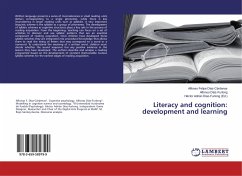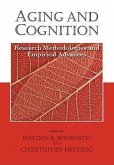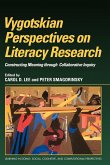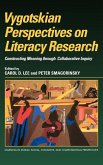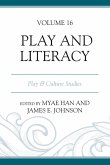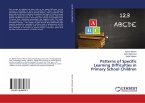Written language presents a series of inconsistencies in small reading units (letters corresponding to a single phoneme), while there is less inconsistency in larger reading units such as syllables. A very important linguistic scheme is the syllable as a group of phonemes. The development of syllabic schemes as cognitive structures plays a key role in the process of reading acquisition. From the beginning, teaching can focus on a set of activities to discover and use syllabic patterns that are an essential component of reading acquisition. Once children have developed these syllabic schemes they are integrated into procedural knowledge that allows them to read the string of letters that may correspond to a word or a nonword. To understand the meaning of a written word, children must decide whether the sound sequence has any positive evidence in the lexicon they have developed. The authors describe and analyse a reading programme based on the development of constant shell-variable nucleus syllabic schemes for the earliest stages of reading acquisition.
Hinweis: Dieser Artikel kann nur an eine deutsche Lieferadresse ausgeliefert werden.
Hinweis: Dieser Artikel kann nur an eine deutsche Lieferadresse ausgeliefert werden.

